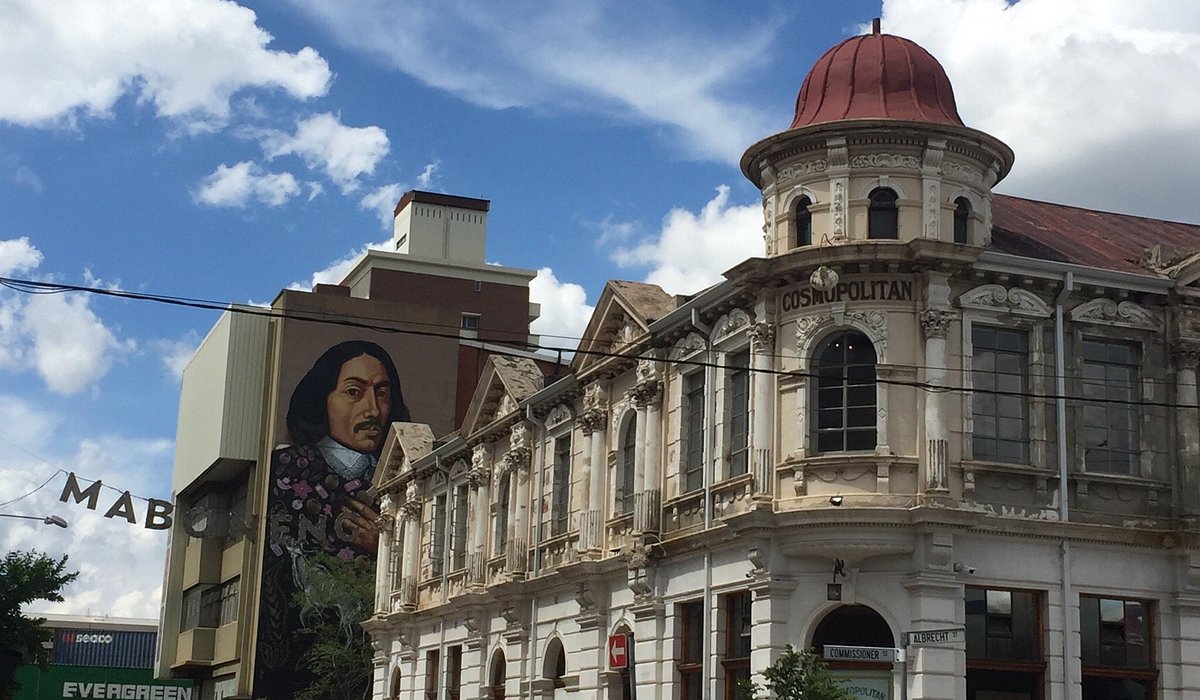Johannesburg North Attractions Can Be Fun For Everyone
Table of ContentsWhat Does Johannesburg North Attractions Do?All about Johannesburg North AttractionsNot known Details About Johannesburg North Attractions Johannesburg North Attractions Things To Know Before You BuyJohannesburg North Attractions - The FactsNot known Factual Statements About Johannesburg North Attractions
The city grew on the side of the Witwatersrand Key Coral reef, a subterranean stratum of gold-bearing quartz-silica empire that arcs for hundreds of miles underneath the Highveld - Johannesburg North attractions. Most of the gold mines in the city ceased procedure in the 1970s, however in its day the Witwatersrand gold market accounted for more than 40 percent of the globe's annual gold manufacturing.Johannesburg has a pleasant climate. Summer season temperature levels average about 75 F (24 C); winter season temperature levels balance regarding 55 F (13 C) and just sometimes dip below cold. The city enjoys concerning eight hours of sunshine each day in both winter months and summertime. Rainfall averages regarding 28 inches (700 millimetres) per annum, yet the complete varies considerably from year to year.
What rain the city obtains drops nearly exclusively in the summer season, often in stunning late-afternoon electrical tornados. Air pollution postures a significant issue, specifically in the winter season, when thermal inversions restrain the westward circulation of air from the Indian Sea. Contamination is most extreme in the largely cleared up Black towns on the city's perimeter, where several locals still count on coal for fuel.

Johannesburg North Attractions for Dummies
The balance of the city is inhabited by whites. Accommodation differs in character and top quality. Soweto is well-known for its endless rows of municipally constructed, two-room matchbox homes, yet it likewise has a couple of flourishing enclaves as well as bristling squatter camps, where tens of thousands live without water, electrical power, or sanitation facilities.
Physical growth, although rather restricted by transportation, continued promptly as immigration to South Africa, and Johannesburg particularly, boosted considerably. This problem was solved in the 1930s when the vehicle was presented in automation to South Africa. Automobiles were, essentially, confined to the well-off, and allowed them to relocate to the north of the city and commute into the centre.
Many poor residential areas were blended, with poor blacks and whites living with each other, although the rich suburbs were normally booked for whites.
The estimated populace of the area is 200,000, [] however the number of individuals residing in the central city on a casual basis is unknown, as several are illegal aliens. The majority of higher-income locals and white individuals have relocated to the north suburban areas and have actually been replaced by lower-income black individuals. The joblessness, education, and age Visit This Link accounts of the area are all unknown, as a result of the difficulty of obtaining reliable info about the location.
9 Easy Facts About Johannesburg North Attractions Explained
Centred on the CBD, the region consists of the residential areas of Yeoville, Bellevue, Troyeville, Jeppestown, and Berea to the eastern. To the west it spreads to Pageview (Johannesburg North attractions) and Fordsburg. There are small industrial parks to the south, such as City West-Denver and Benrose. Around 800,000 commuters go through the central city each day, and it works as a local shopping node for site visitors from the southerly suburban areas. Yeoville and Bellevue have a mix of house structures and single household systems on small whole lots. The area is located on a mountainous divide that runs from eastern to west.

Johannesburg Stadium, a training school for both the Golden Lions and Orlando Pirates, is nearby. The eastern residential areas of Johannesburg are situated in the city's 7th [] and 9th [] areas. The location is additionally functionally incorporated with East Rand boundary communities beyond the main limit of Johannesburg, such as Bedfordview and Edenvale (both part of Ekurhuleni Metropolitan Community).
Facts About Johannesburg North Attractions Revealed
R. Tambo International Flight Terminal). The eastern suburban areas are some of the earliest locations of Johannesburg, there are big communities of Jewish and various other European backgrounds, most of the populace is English speaking. There are three golf links along with a variety of protected ridges with viewsites. There are a number of well-developed and up-market entertainment and purchasing areas in the eastern such as the Eastgate Shopping Center and the Greenstone mall.
Originally developed to house male migrant employees, lots of have actually been improved as dwellings for couples and family members. The residential area was not traditionally allowed to develop employment centres within the location, so almost all of its homeowners are commuters to various other components of the city.
Top Guidelines Of Johannesburg North Attractions
The N1 Western Bypass attaches the northern suburbs click here to find out more with the north-western suburbs. The domestic areas in the northern suburban areas are mostly official, without any considerable locations of informal real estate, or housing that does not have an irreversible structure. Although this is a well established location, there is a pattern of land use change from domestic to commercial, especially along major arterial roadways and around well-known nodes.
The area is well attached to roadway networks, especially go to the website along the north-south axis developed by the M1 and N1. Roadways to the east and west are less well created, as there are no freeways taking a trip in that direction. In the direction of the north border of the city, the density of development reduces, leaving huge areas of undeveloped land around Midrand.
How Johannesburg North Attractions can Save You Time, Stress, and Money.
, which is situated on a hill forgeting the internal city and Hillbrow.